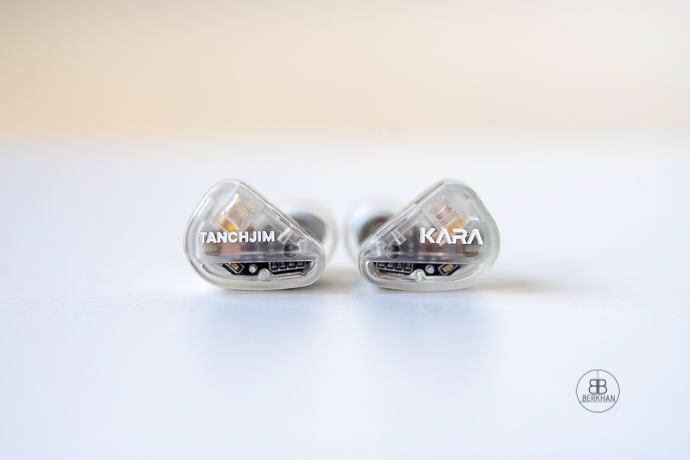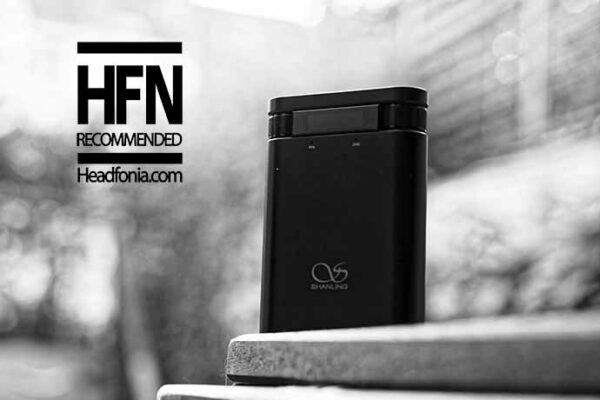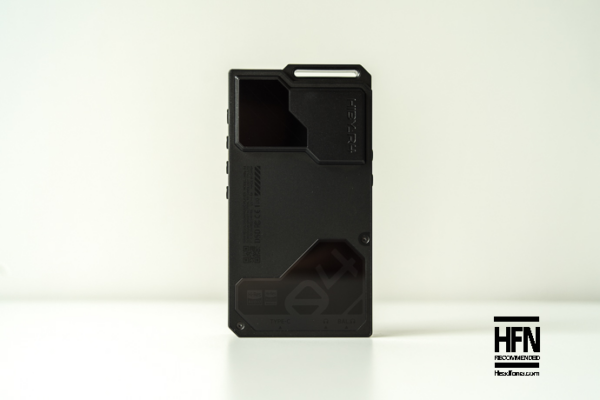Sound Quality
The sound of the Kara is an enjoyable one with an emotional experience and prominent mid-range. It has a slightly warm tuning with a mid-centric sound, impactful bass and soft treble. It is an easy-to-like type of sound that has good tonality and timbre in particular. Kara also sounds pretty energetic, with good dynamism and pace. The sound is musical, vivid, and engaging.
Bass
It has a well-rounded bass that is both tight and controlled. You can feel the impact of the bass reverberating, but the extension of the bass is not very impressive, so it doesn’t create a big sense of depth there. It’s mid-bass-oriented with the focus being on the instrument timbre. The sub-bass is not very strong in that regard.
One of the standout qualities of the bass is its relatively fast and controlled nature. The bass remains well-controlled and does not bleed into the mids. Yet it feels like they only managed to do that by reducing the bass and limiting it to a certain box so it can’t sound bloated or over the top.
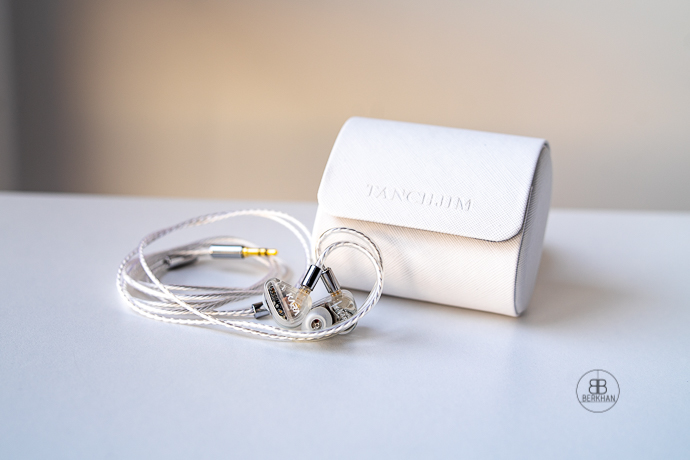
However, this opens up good opportunities to enjoy the music with good spacing and air in the mid-range. The texture of the bass isn’t exceptional because of the reasons I mentioned above, but the control and tightness have to be praised.
Mids
The midrange of the Kara is characterized by an aesthetically pleasing tonality. The note-weight is impeccably balanced, resulting in a harmonious and full-bodied sound of the instruments. In particular, stringed instruments sound very well.
The vocals are equally fabulous, boasting a wealth of detail that is both engaging and captivating to listen to. The resolution and detail retrieval capabilities enable the identification and tracking of micro-details, further enhancing the listening experience.
So the strongest part of the Kara is its mid-range reproduction without a doubt. If you like mid-centric IEMs that have good resolution and focus, this is a very good option. The upper midrange shows excellent control, just enough energy to keep things excited but never too much.
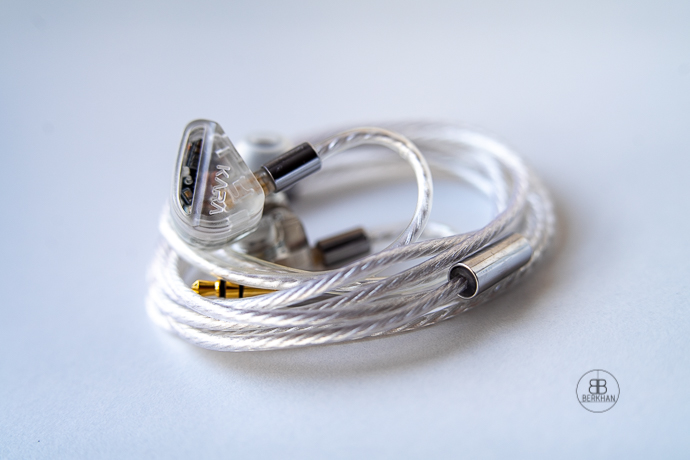
Treble
Moving on to the treble, the Kara reproduces the treble range with softness and the presentation here is highly controlled. In a way, it is consistent with what it does in the bass section. The frequency response here is definitely rolled off. So just like the lack of depth and extension in the bass, you have limited extension in the treble as well. These traits make the Kara a mid-focused IEM as I remarked in the sound intro.
The good thing here is the relaxed and spacious approach, which feels natural and consistent. However, treble lovers would find too much roll-off here for their particular taste. Now, some IEMs in this price range have difficulties controlling the treble response without giving any harshness, but the Kara is pretty good at that. There isn’t anything that feels/sounds uncomfortable.
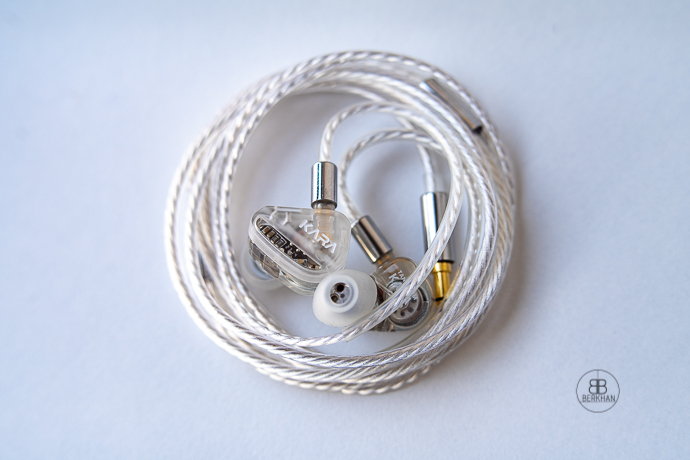
The treble reproduction has a good amount of energy while maintaining a high level of detail and clarity. Even in the highest octave, the treble remains smooth and free from harshness. The definition is very good, and fundamental harmonics are presented with good precision. The extension however is another story and the treble feels limited with evident roll-off. This may not fit trebleheads or people who look for a bright, open and extending presentation.
Technical Performance & Pairing
I found the Kara to be consistent and dynamic across the frequency spectrum, impressing me with its coherence in particular. The imaging capability is also noteworthy, as it offers a precise sense of image and accurate positioning of instruments. The staging performance is fairly good for its price, with ample air between instruments due to its spacious presentation.
However, the limited bass depth and treble extension can make the sound feel too focused on the mid-range, cramping the stage a bit. Despite this, the Kara still manages to sound spacious with good clarity and instrument separation.
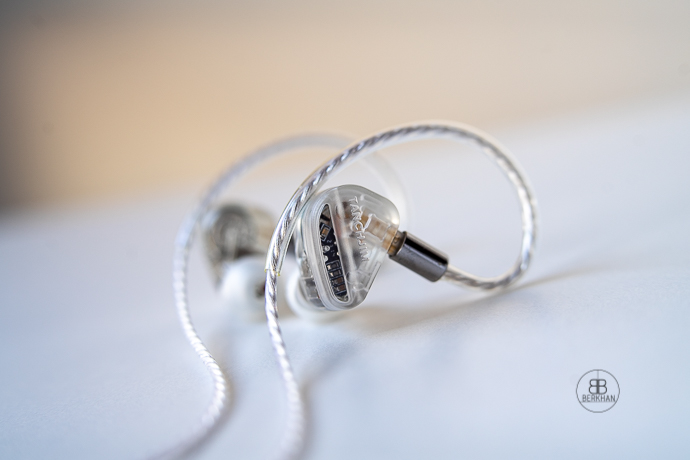
The Kara boasts a robust technical base that delivers a lively performance. Its quick attack and decay, paired with sharp and distinct transients, contribute to its overall agility and rhythmic feel. It excels in managing congestion, even during intricate passages involving multiple instruments. The layering is also nicely executed, although far from perfect.
As for driving and pairing, the Kara surprisingly needs high power to rise and shine. For an IEM that costs this little, I expected it to work with anything such as a smartphone or a small DAP. But the unit needs some good power to show its qualities indeed.





